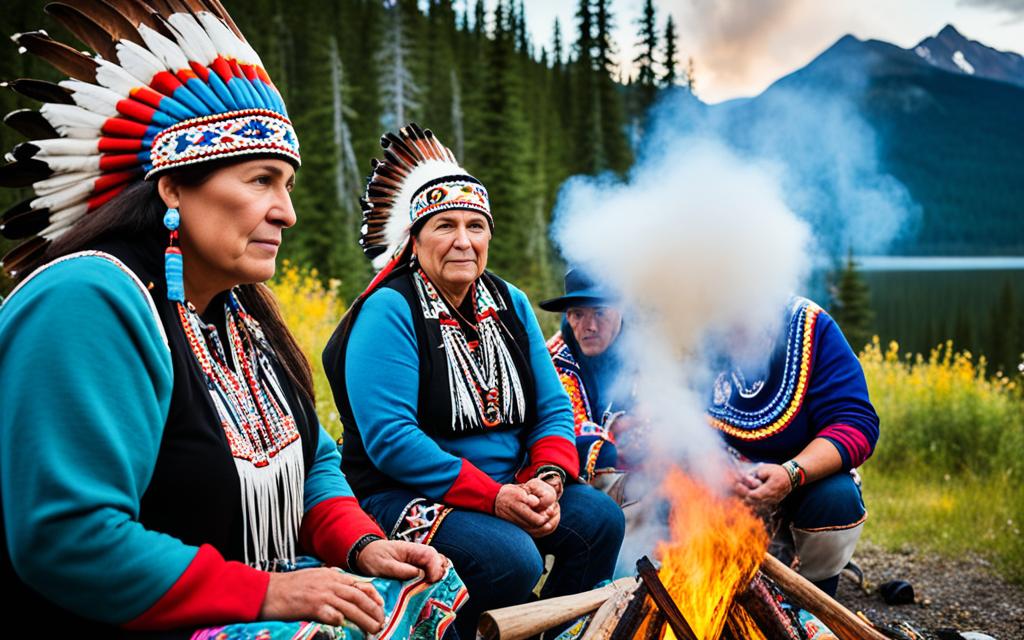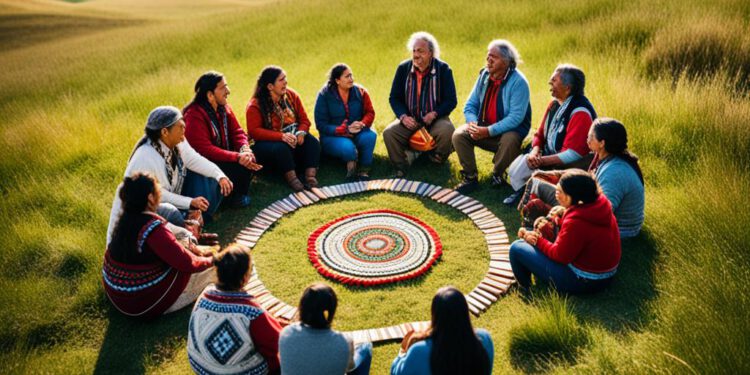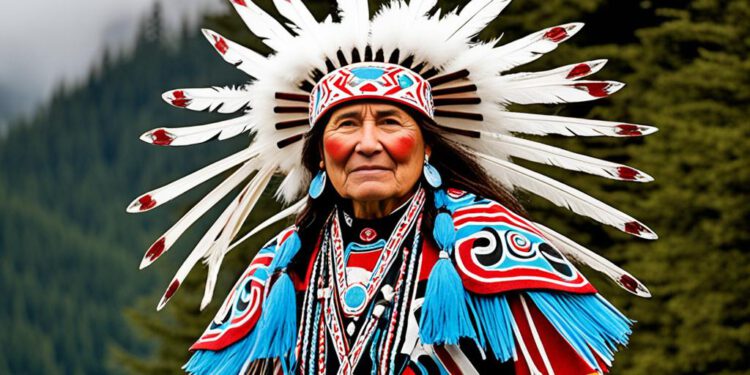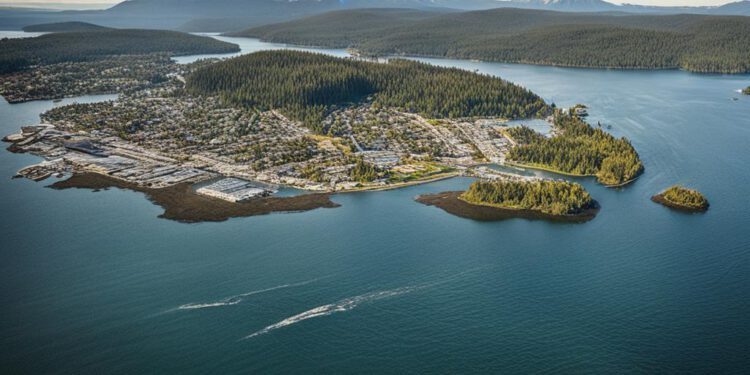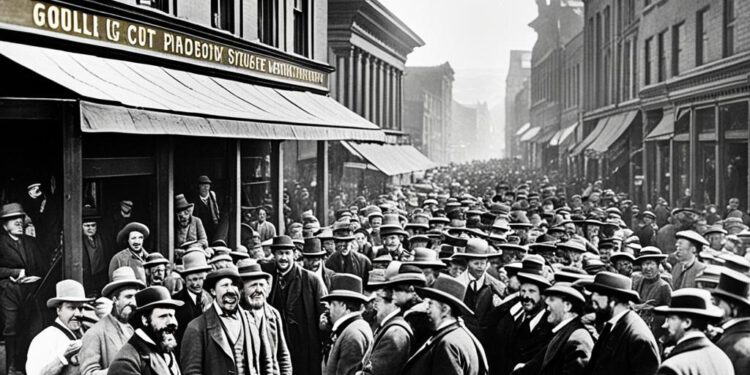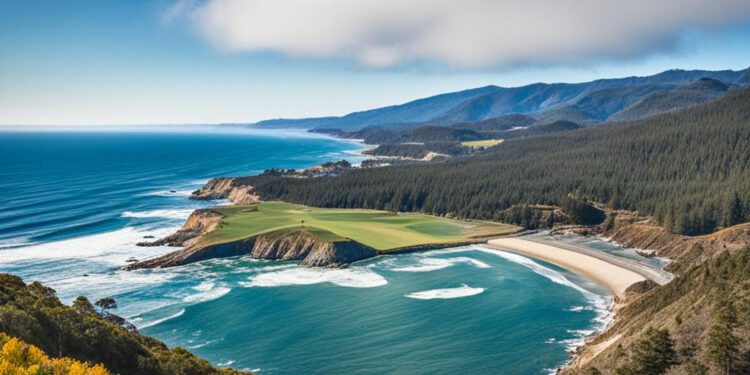Nestled in the heart of British Columbia, the Nadleh Whut’en First Nation stands as a testament to the resilience and vibrancy of Indigenous communities across the region. As part of the broader Carrier Nation, the Nadleh Whut’en have a rich history and deeply-rooted traditions that continue to shape their identity and connection to the land.
At the core of the Nadleh Whut’en’s story lies their deep-seated relationship with the natural world. For generations, they have been the stewards of their traditional territories, practicing sustainable resource management and environmental preservation. Their intimate knowledge of the land, its waterways, and its wildlife has not only sustained their community but also served as a blueprint for responsible interaction with the natural environment.
Beyond their role as environmental caretakers, the Nadleh Whut’en have also maintained a rich cultural tapestry, encompassing vibrant artistic expressions, unique linguistic traditions, and time-honored ceremonies. These elements, interwoven into the fabric of their daily lives, have endured the test of time and continue to be passed down from one generation to the next.
Exploring the Indian Nadleh Whut’en: A Rich Cultural Heritage
The Nadleh Whut’en, an Indigenous community in British Columbia, Canada, boast a vibrant and enduring cultural heritage. Their origins can be traced back to the traditional territories they have inhabited for centuries, where they have developed a deep connection to the land and its resources.
Origins and Traditional Territories
The Nadleh Whut’en are part of the Carrier Nation, a group of Indigenous peoples who have lived in the central interior of British Columbia for millennia. Their traditional territories span a vast and diverse landscape, including dense forests, winding rivers, and majestic mountain ranges. This rich and bountiful environment has shaped the Nadleh Whut’en’s way of life, providing them with the resources they need to thrive.
Language and Artistic Expressions
The Nadleh Whut’en have a strong and distinct cultural identity, which is reflected in their language and artistic expressions. Their language, known as Carrier, is a vital part of their cultural heritage, passed down through generations and used in everyday life, ceremonies, and traditions. The Nadleh Whut’en also have a rich tradition of artistic expression, with intricate beadwork, weaving, and carved wooden artifacts that showcase their creativity and connection to their ancestral roots.
Through their language, art, and cultural practices, the Nadleh Whut’en have preserved and honored their unique heritage, ensuring that their traditions continue to thrive in the face of the challenges posed by colonialism and modernization.
| Cultural Element | Description |
|---|---|
| Language | The Nadleh Whut’en speak the Carrier language, a vital part of their cultural identity. |
| Art | The Nadleh Whut’en have a rich tradition of artistic expression, including beadwork, weaving, and carved wooden artifacts. |
| Traditions | The Nadleh Whut’en continue to practice their traditional ceremonies and cultural practices, ensuring the preservation of their heritage. |
The Carrier Nation: Nadleh Whut’en’s Place in a Broader Context
As a part of the Carrier Nation, the Nadleh Whut’en First Nation plays a significant role in the rich Indigenous history and cultural fabric of British Columbia. This northern British Columbia community’s regional influence extends far beyond its borders, showcasing the deep connections that tie them to the larger Carrier Nation and the vibrant cultural preservation efforts that define their community.
The Carrier Nation, of which the Nadleh Whut’en are a part, is a collection of distinct yet interconnected First Nations communities spread across central and northern British Columbia. These groups share a common language, traditions, and ancestral ties, creating a vibrant network of cultural exchange and collaborative stewardship of the land.
Within this broader context, the Nadleh Whut’en have long been recognized for their influential role in the region. Their deep-rooted connection to the land, their mastery of traditional practices, and their commitment to safeguarding their heritage have all contributed to their status as a respected and influential member of the Carrier Nation.
From their participation in regional governance and decision-making processes to their active involvement in cultural preservation initiatives, the Nadleh Whut’en have consistently demonstrated their dedication to the well-being and advancement of the Carrier people as a whole. Their unique perspective and collective wisdom have helped shape the broader narrative of Indigenous history and the ongoing struggle for cultural preservation in the region.
Governance and Land Rights: Navigating Colonialism’s Impact
The Nadleh Whut’en First Nation has a rich history of traditional governance structures that have been challenged by the colonial impact. Understanding these governance models and the ongoing movements for reconciliation and land rights is crucial in appreciating the tribe’s resilience and their quest for self-determination.
Traditional Governance Structures
At the heart of Nadleh Whut’en’s traditional governance were the hereditary chiefs and elders who maintained the community’s values, customs, and decision-making processes. This system of Indigenous governance prioritized collective wellbeing, environmental stewardship, and the preservation of cultural traditions.
Reconciliation and Land Rights Movements
The Nadleh Whut’en have been actively engaged in reconciliation efforts to address the colonial legacy and restore their rightful land rights. Through legal challenges, political advocacy, and collaborative initiatives, they have sought to regain control over their traditional territories and the resources within them. These ongoing movements aim to empower the Nadleh Whut’en and uphold their sovereignty as a self-governing Indigenous nation.
The Nadleh Whut’en’s journey of navigating the complexities of governance and land rights in the face of colonial impact is a testament to their resilience and commitment to preserving their cultural heritage. By understanding their traditional governance structures and the current reconciliation efforts, we can gain valuable insights into the ongoing struggle for Indigenous self-determination.
Living Traditions: Cultural Preservation and Community Life
The Nadleh Whut’en people have a rich tapestry of cultural practices and ceremonies that have been passed down through generations. From traditional healing rituals to vibrant dance performances, their way of life remains deeply rooted in the ancestral knowledge and wisdom of their forebears.
Ceremonies and Practices
The Nadleh Whut’en community takes immense pride in preserving their ceremonial traditions. Events like the annual Potlatch celebration bring the tribe together, showcasing their intricate regalia, storytelling, and shared reverence for the natural world. These gatherings are a testament to the community’s resilience, as they adapt their customs to navigate the challenges of the modern era.
Intergenerational Knowledge Transfer
Ensuring the continuity of their cultural heritage is of paramount importance to the Nadleh Whut’en. Elders play a vital role in passing down their knowledge and skills to younger generations, fostering a deep sense of connection and identity within the community. Through traditional teachings, language immersion, and hands-on experiences, the tribe cultivates a profound appreciation for the timeless traditions that define their way of life.

